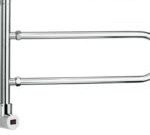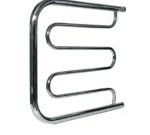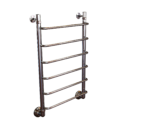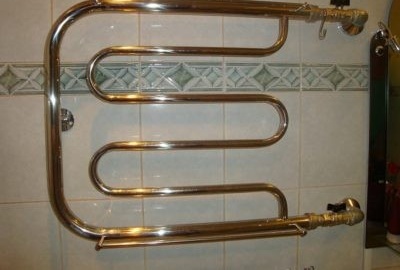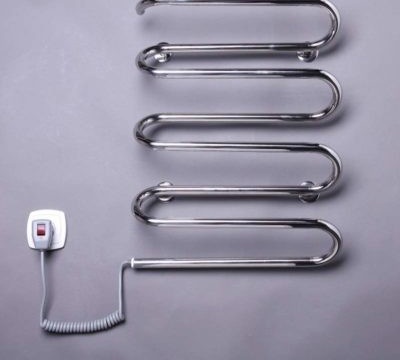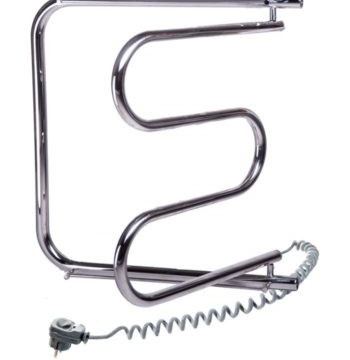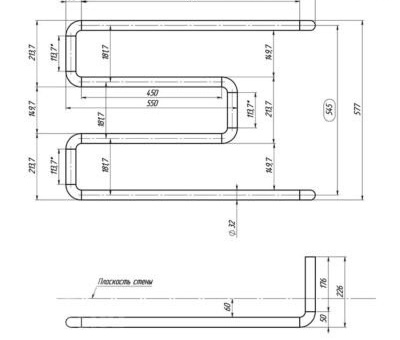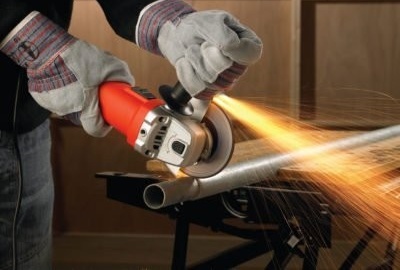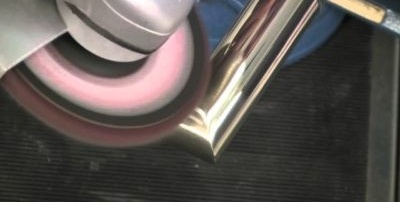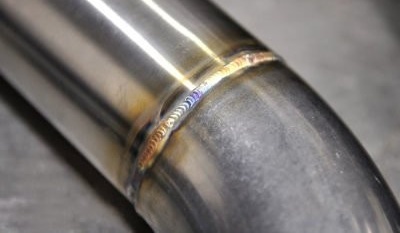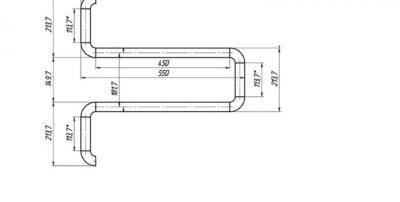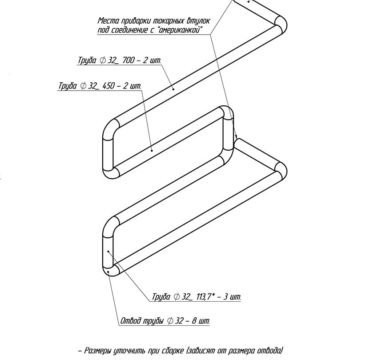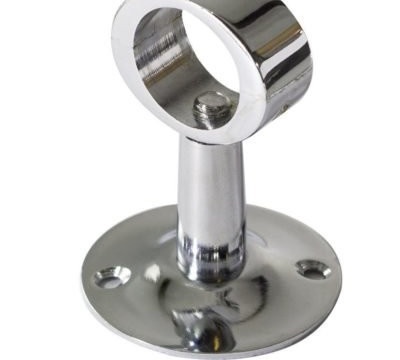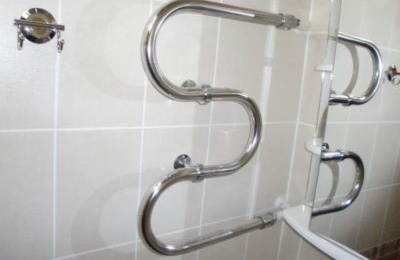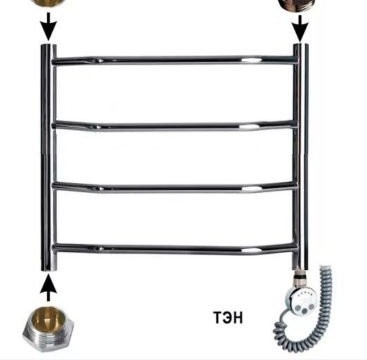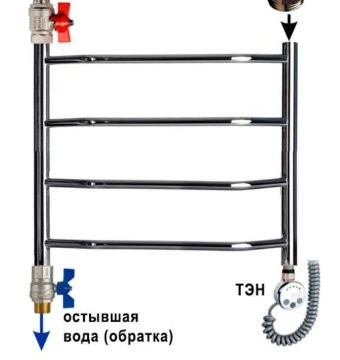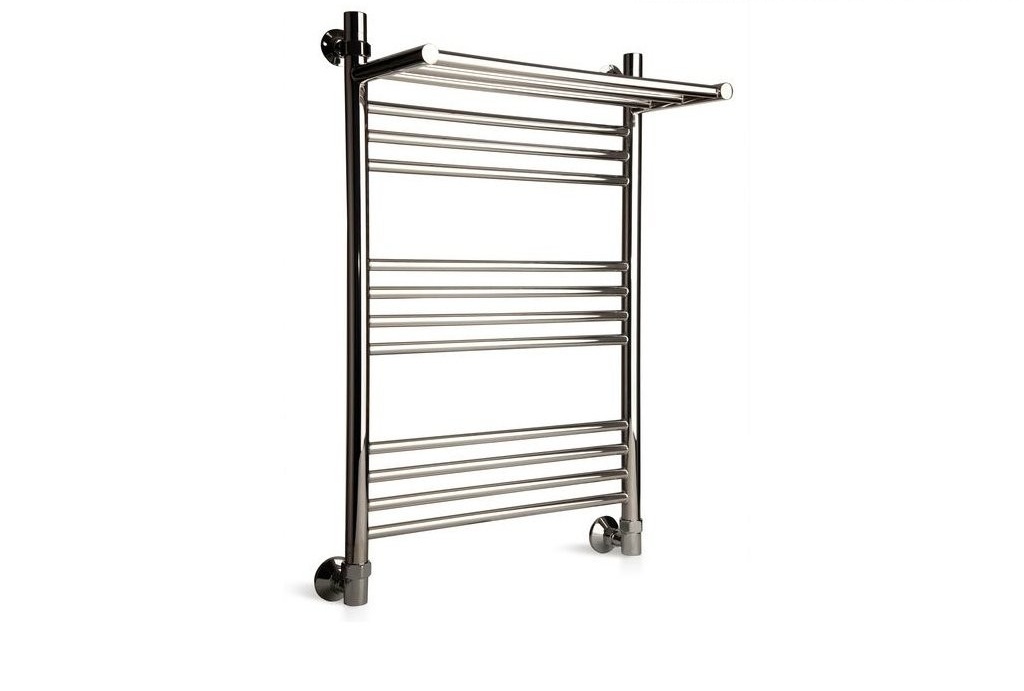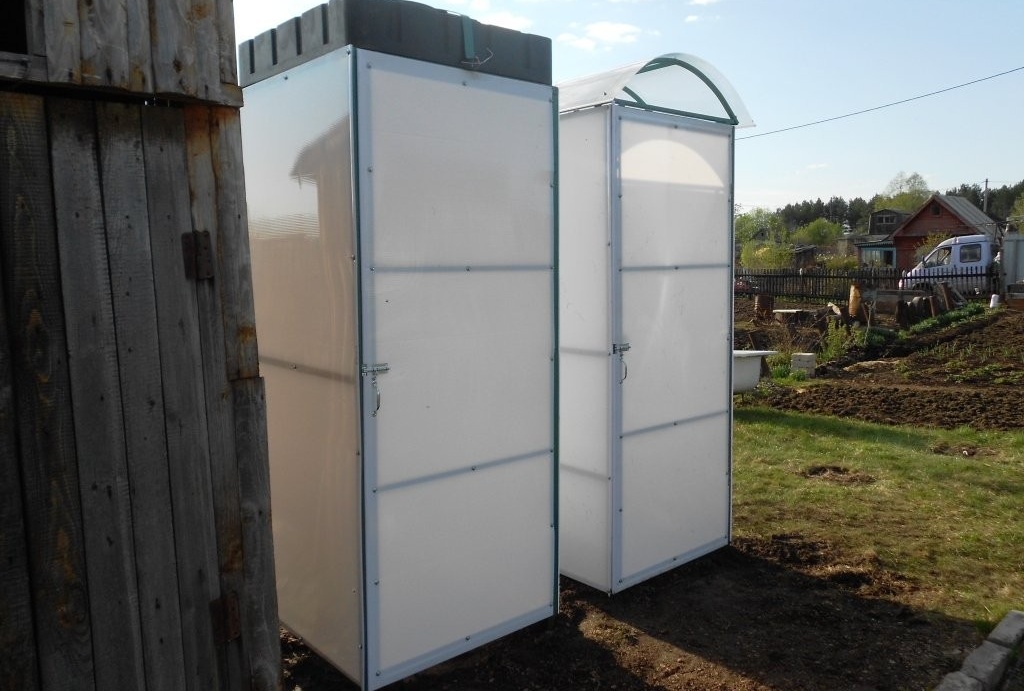Do-it-yourself heated towel rail - it's easy!
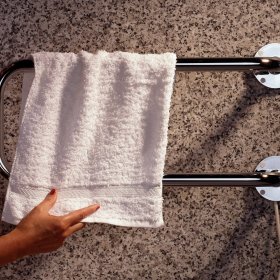
The heated towel rail in the bathroom, in addition to its direct purpose, performs the function of a heating device. By warming the room, it creates favorable microclimatic conditions that prevent the spread of dampness, mold and fungi. Today on the market there are a lot of convenient and functional models of heated towel rails, but if price or quality did not suit you, then you can do it yourself.
Content
Varieties of heated towel rails
There are three main types of heaters for drying towels: water, electric and combination. All of them have their own characteristics, advantages and disadvantages.
Photo Gallery: Design Options
- Simple curved pipe design
- Zigzag design
- Ladder
Water
Water dryers are made of copper, aluminum, chrome-plated brass, stainless or black steel coated with nickel. This coating is used as a protective layer. Sometimes plasma polishing is used for the same purpose, after which the surface of the pipe becomes even more stable. It is believed that a stainless steel coil is more reliable because it can withstand high water pressures.
There are two ways to connect a heated towel rail: open or closed. If the house has an open-type water supply or heating system, then the first method is used, connecting the dryer directly to it. The disadvantage is that, together with water, oxygen enters the pipes, which leads to the appearance of rust on the inside of the heated towel rail. In this way, radiators made of materials that corrode cannot be connected.
In these cases, you can use drying made of polypropylene pipes. They are not destroyed, but the heat transfer of such towel dryers is less.
The second (closed) connection method involves the complete tightness of the system, any type of heated towel rails is suitable for this type.
Principle of operation
The operation of water drying is similar to the operation of a heating battery:
- Hot water enters the radiator from the main line.
- It passes through the drying pipes, giving off heat.
- It returns back through the return pipe of a heating or water supply system.
Advantages and disadvantages
Let's start with the benefits:
- No need to connect to the mains, it does not depend on the electricity supply - therefore, you do not need to pay for electricity.
- Easy installation, no need to install grounding and moisture-proof sockets.
- Safe, no risk of electric shock.
The disadvantages include:
- The appliance cannot be used when hot water is turned off.
- During the heating season, it is possible to use it only if the dryer is connected to the heating riser.
- When changing the design of the bathroom there are difficulties moving from one place to another.
Electric
It is filled with oil, water or antifreeze. Inside may be a cable or an electric heater. If the radiator is equipped with a heating heater, then liquid (water, antifreeze) is poured into it, if the cable passes through the pipes, then the liquid is not needed. Such an aggregate can be stationary or rotary. In addition, it is equipped with a temperature regulator, a rheostat and a timer, which allow you to adjust and maintain the desired temperature in the heated towel rail. It is mounted on the wall using special mounts or on the floor.
Electric radiators are also made of stainless steel, chrome steel, aluminum or brass.Dryers made of stainless steel with chrome or polished coating are considered the most practical and durable; they do not delaminate and do not darken.
Principle of operation
- Electric energy is supplied to the heating element.
- The fluid inside the radiator is heated to the required temperature of 60–70 degrees.
- The temperature is maintained based on the selected power of the heating element or using automation, which, relative to the readings from the coolant, controls the on and off of the heating element.
Advantages and disadvantages
Among the advantages of this type of design can be distinguished:
- It is installed anywhere and does not depend on the isolation of the water supply or heat supply.
- Can be used as needed.
- Very convenient and easy to install.
- Ability to adjust temperature and save energy.
- It does not depend on the seasonal features of the use of hot water and heating.
- Installation does not require additional permission from the Housing Office to install the unit.
Of the shortcomings, the following should be noted:
- An electric heated towel rail uses a lot of energy, because the power consumption can be from 150 to 700 watts.
- Since the socket in the bathroom will be occupied by the plug from the electric dryer, you will need a tee (which is not desirable) or an additional waterproof socket.
- For safety reasons, the electric dryer must be at least 0.5 m from water or moisture sources.
Combined or electrically heated towel rail
This unit combines the best qualities of a water and electric dryer. As a heat carrier, you can use hot water from a central heating supply or heat it with an electric heater.
The combined heated towel rail works both from an electric network, and from a heating system, therefore it functions all year round. In terms of cost, it is also more profitable than electric, because you need to pay for electricity only in the summer. We can say that electrically conductive dryers are water devices that have an additional device for connecting and working from the mains.
Advantages and disadvantages
Among the advantages noted:
- Works great in both modes.
- There is always the possibility of choosing the mode of use. For example, in summer using electricity, and in winter from central heating.
Combined dryers have one significant drawback - since this device provides for the combination of two other types, its cost will also be slightly higher than that of purebred species.
Making a water heated towel rail from metal pipes with your own hands
In order to make a water heated towel rail, you first need to take measurements and make a drawing of the future unit. In the manufacture of a radiator, its power should be calculated.For 1 square. m. of the bathroom should be 150 watts of thermal energy. You also need to consider:
- The size of the heated room.
- humidity.
- ventilation and heat loss.
The calculation of the size of the heated towel rail relative to the heated room is given in the table:
| Height / width cm |
Heated volume premises sq.m. |
| 50/40 | 4.5 — 6 |
| 50/50 | 4.5 — 6 |
| 50/60 | 4.5 — 6 |
| 60/40 | 6 — 8 |
| 60/50 | 6 — 8 |
| 60/60 | 6 — 8 |
| 80/40 | 7.5 — 11 |
| 80/50 | 7.5 — 11 |
| 80/60 | 7.5 — 11 |
| 100/40 | 9.5 — 14 |
| 100/50 | 9.5 — 14 |
| 100/60 | 9.5 — 14 |
| 120/40 | 11 — 17 |
| 120/50 | 11 — 17 |
| 120/60 | 11 — 17 |
An example of a drawing of a heated towel rail with an initial size of 80 / 57.7 cm, designed for a heated room of 7.5 - 11 square meters, see the figure below.
What is necessary
Materials
- pipe with a diameter of 32x2 mm, length 3 m;
- angular pipe branch with a diameter of 32x2 mm - 6 pcs.;
- bushings for "American" - 2 pcs.;
- "American" - 2 pcs.;
- towel rail mounting elements - 2 pcs .;
- decorative washers - 2 pcs.;
- hairpin M8 —200 mm;
- M8 nut — 2 pcs.
Instruments
- Welding machine;
- Electrodes (argon welding);
- Cylinder with argon;
- Bulgarian;
- Cutting discs;
- Grinding wheels;
- Felt circles;
- Roulette;
- Marker or felt-tip pen.
Work order
Consider the manufacture of a heated towel rail from metal pipes based on the foregoing drawing as an example.
- We mark with the help of a tape measure the required length of the pipes and mark with a marker.
- With the help of grinding and felt wheels, the cut off workpieces are immediately cleaned and polished to the ideal state.
- We weld the prepared bends to the edges of the pipes (length 117.7 mm) on both sides. You get three parts that look like a handset.
- According to the drawing, we weld two pipe segments (450 mm) to the manufactured parts and connect them together.
- At one end of a pipe billet with a length of 700 mm, we weld a branch, and to it a pipe segment (176 mm), the other end is connected to one of the bends of the assembled structure. We perform the same procedure with another piece of pipe with a length of 700 mm.
- We grind the seams with grinding wheels until all welding scars match the rest of the structure.
- We check the quality of the connections with water or air.
- We install fasteners.
- We check and cut the length of the free parts and fit them under the branches of the riser. They should ideally connect with the help of "American women."
- Grind and polish the seams, check the joints again.
Making an electric heated towel rail
To make this type of radiator, you need to purchase a ready-made water heated towel rail in a store or on the market.
For work, you will also need:
- Electric heater for heated towel rail with a minimum power of 110 W and external thread ½ inch. It is desirable that he has a temperature controller.
- Plugs with external thread ½ inch - 2 pcs. (If the radiator is purchased and it is not planned to connect it to the heating system).
- One Majewski tap with ½ inch external thread.
- Tow to ensure a durable threaded connection.
Work order
Consider the manufacture of an electric radiator using the example of a heated towel rail in the form of a ladder.
- In one of the racks above and below, screw the plugs.
- We insert and fix the electric heater in the bottom hole of another rack.
- Using a watering can, we pour water into the electric dryer to the top through the remaining hole and twist the Mayevsky tap into it.
- We connect the heated towel rail to the outlet, we check the heating and the absence of water leaks.If there is no leakage, then you can safely proceed to the installation of the radiator on the wall in the bathroom.
We make a combined model
To make an electrically conductive dryer, you need to purchase it on the market or make a water radiator yourself.
Materials and Tools
- Electric heater for heated towel rails from 150 watts.
- Mayevsky crane - 1 pc.
- Water taps having on the one hand a ½ inch internal thread, and on the other - the same external thread - 2 pcs.
- Tow or tape for sealing threaded connections.
- Adjustable wrench.
The order of work on the example of the design "Ladder"
- We screw water taps into the upper and lower holes of one of the radiator racks.
- In the upper exit of another riser, we also install a Majewski crane using tow or fum tape.
- In the same rack, in the lower outlet, insert and fix the heater for the heated towel rail.
Video: installation of a heated towel rail
As you can see, making a heated towel rail is not so difficult. Knowing what types of towel dryers are, their features, advantages and disadvantages, you can choose the option suitable for your needs. When manufacturing, pay special attention to measurements and drawings, and during installation itself, remember about tightness and aesthetic appearance.
Having spent a little time and effort, you will get a handmade product that will delight you with reliability and quality.
